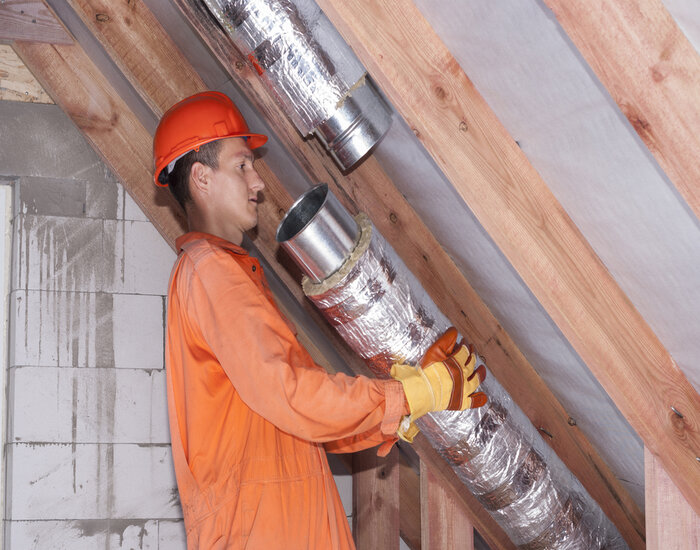
Are you a neat freak? Do you clean the house on a regular basis?
Keep at it—that's actually a great thing! After all, dust and debris can easily trigger coughing, sneezing, and other symptoms.
Don't just clean the floors and call it a day, though—there are other areas that you be cleaning as well. Take the air ducts, for instance, allergens can easily build up, which can make you sick.
Mold in air ducts is an issue as well. As you can imagine, that can significantly impact your health in various ways.
But wait, how can you tell if your ducts need cleaning? Want to know? Then be sure to read the rest of the post—we'll be going over everything that you need to know below!
As a general rule, you should clean your air ducts every three to five years. Why? That's how long it takes for the ducts to fill up with grime after a thorough cleaning.
Keep in mind, however, that this time frame does not apply to everyone. How often you need air duct cleaning will depend on various factors such as how often you use the HVAC system and where you live.
Do you or someone else in the house have asthma or allergies? If so, that's another reason why you should clean the vents more frequently.
You can tell whether or not your ducts need cleaning by looking at them. Is there any noticeable debris on the outside? Are there "poofs" of dust near the vents?
If so, you're probably overdue for a cleaning.
It's also a good idea to clean them if you notice a vermin infestation. After all, the critters may be entering and exiting through the ductwork.
Mold is a common issue with air ducts. This makes sense when you think about it—after all, condensation easily forms along the vents (more on this later).
As it is, this poses a major health risk. For one thing, it can lead to various symptoms such as sneezing, cough, and watery eyes.
There's also toxic black mold to worry about. As implied by its name, this variety releases toxic spores that can be detrimental to our health. In severe cases, it can cause nausea, vomiting, chronic fatigue, and persistent headaches.
The worst part is that the spores can easily spread to other areas of the home via the ducts!
It's not uncommon for mold to grow in your HVAC system. After all, there's plenty of moisture and condensation.
For instance, water vapor from the air conditioning can easily make its way inside the vents. Assuming that humidity levels are high, the moisture will not be able to evaporate—instead, it will stay in the ducts.
As you can imagine, that would facilitate mold growth. Over time, the colony will grow bigger and bigger as it feeds off organic materials.
Assuming that there's mold in your air ducts, the first thing that you'll probably notice is a pungent odor—something that resembles old gym clothes. It's hard to miss!
You can also tell by checking for visual signs. Grab a flashlight and peer inside the vents. Do you notice any irregular splotches? If so, it's probably mold.
In severe cases, mold can grow outside the ducts and onto the wall. If that's the case, call a professional right away as the problem may be too difficult for you to handle yourself!
Last but not least, examine the vents for standing water. Remember, mold thrives on humidity—if there's moisture in the ducts, chances are, there's mold somewhere.
It can be quite challenging to remove mold from air vents. For one thing, you can easily inhale the spores when you're doing the cleaning!
Given that the infestation is mild, however, it is possible to remove the mold yourself. Most of the products that you'll need can be found at your local home improvement store.
Generally speaking, however, it's much better to just call in a professional—they'll be able to remove the mold from your home quickly and safely.
Aside from mold, other contaminants can build up in your ductwork. Take dust and dirt, for instance—these particles can easily become airborne. In other words, there's a great chance that they can get sucked into the ducts!
Another thing that can accumulate is dander. For those of you who don't know, it's a material that's shed from the body of humans and animals. In large amounts, it can exacerbate allergies and other respiratory conditions.
There's also a chance of pests in air ducts. After all, the vents are a conduit for warm air in the winter and cool air in the summer—that makes them the perfect nesting spot for critters!
Hopefully, that gives you a better idea as to why mold in air ducts is an issue.
When in doubt, call in a pro—they'll be able to identify and solve the problem for you! Remember, your health is worth it.
Need some help in the Oakland area? Feel free to contact us for a free quote!